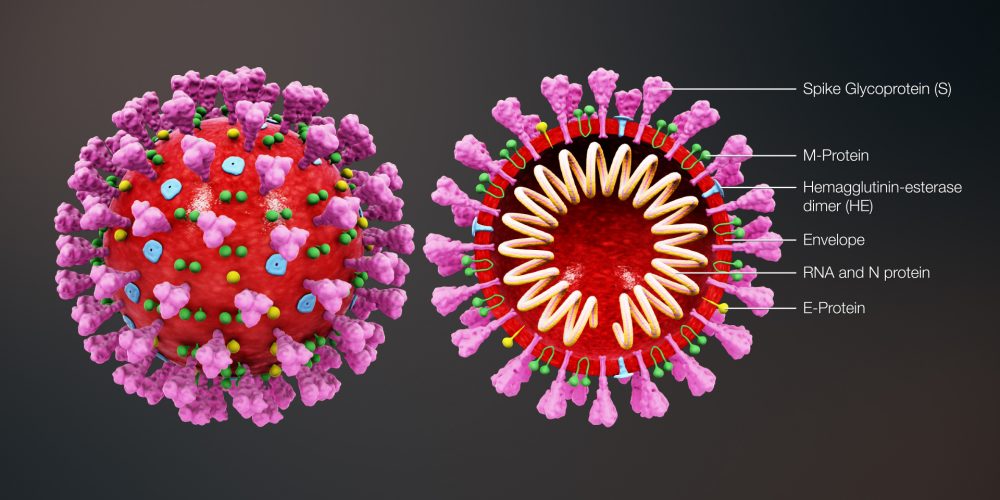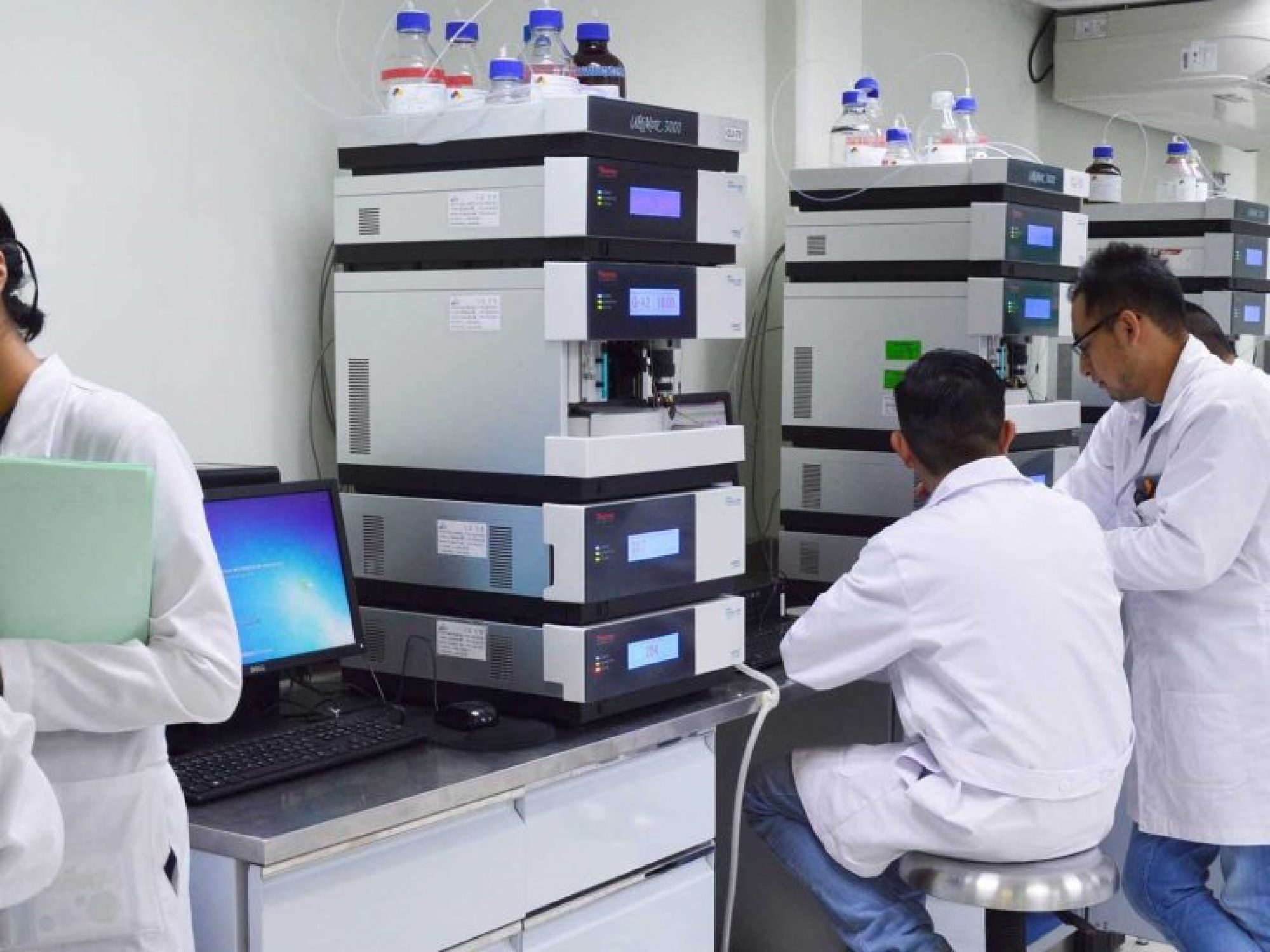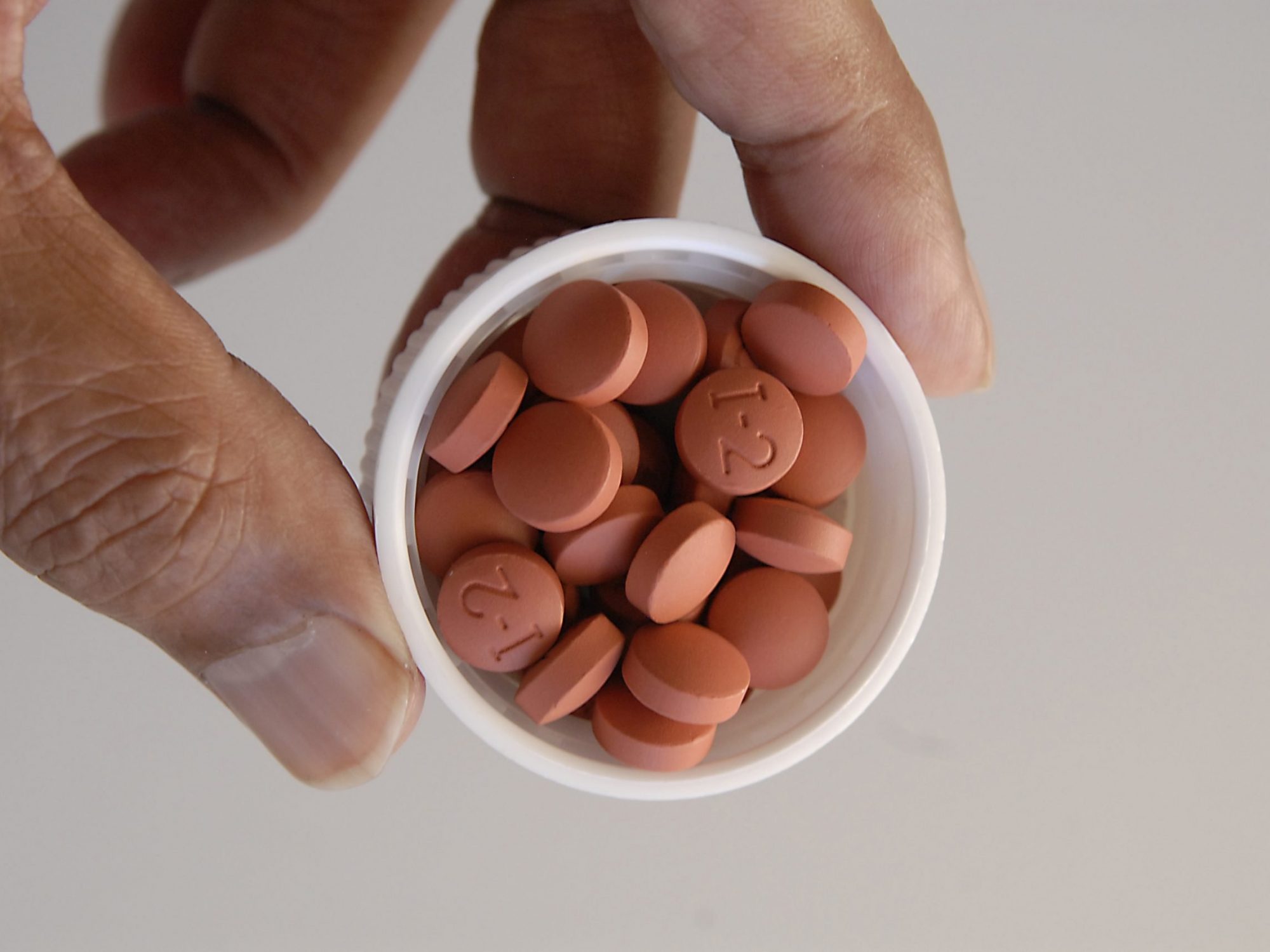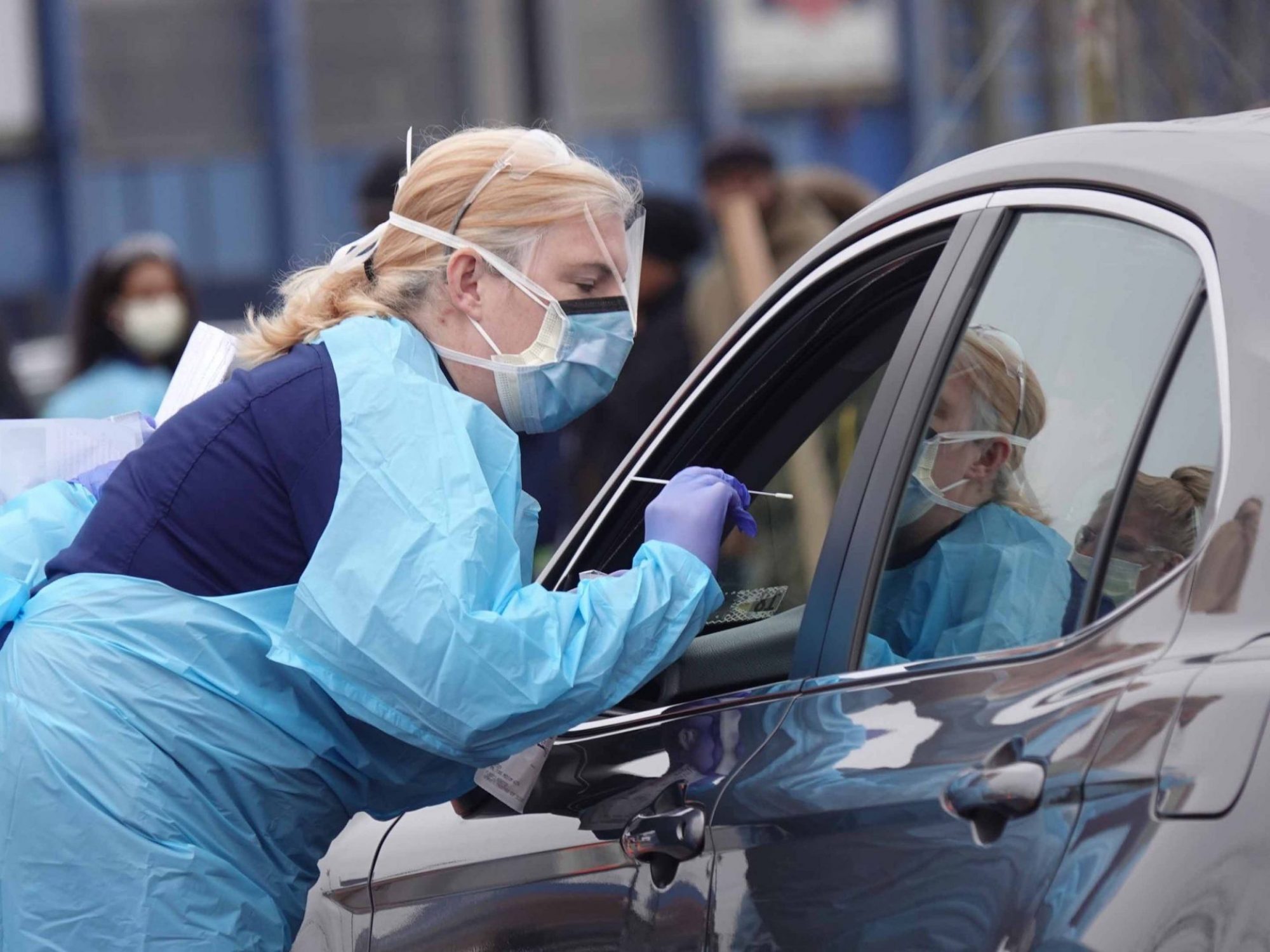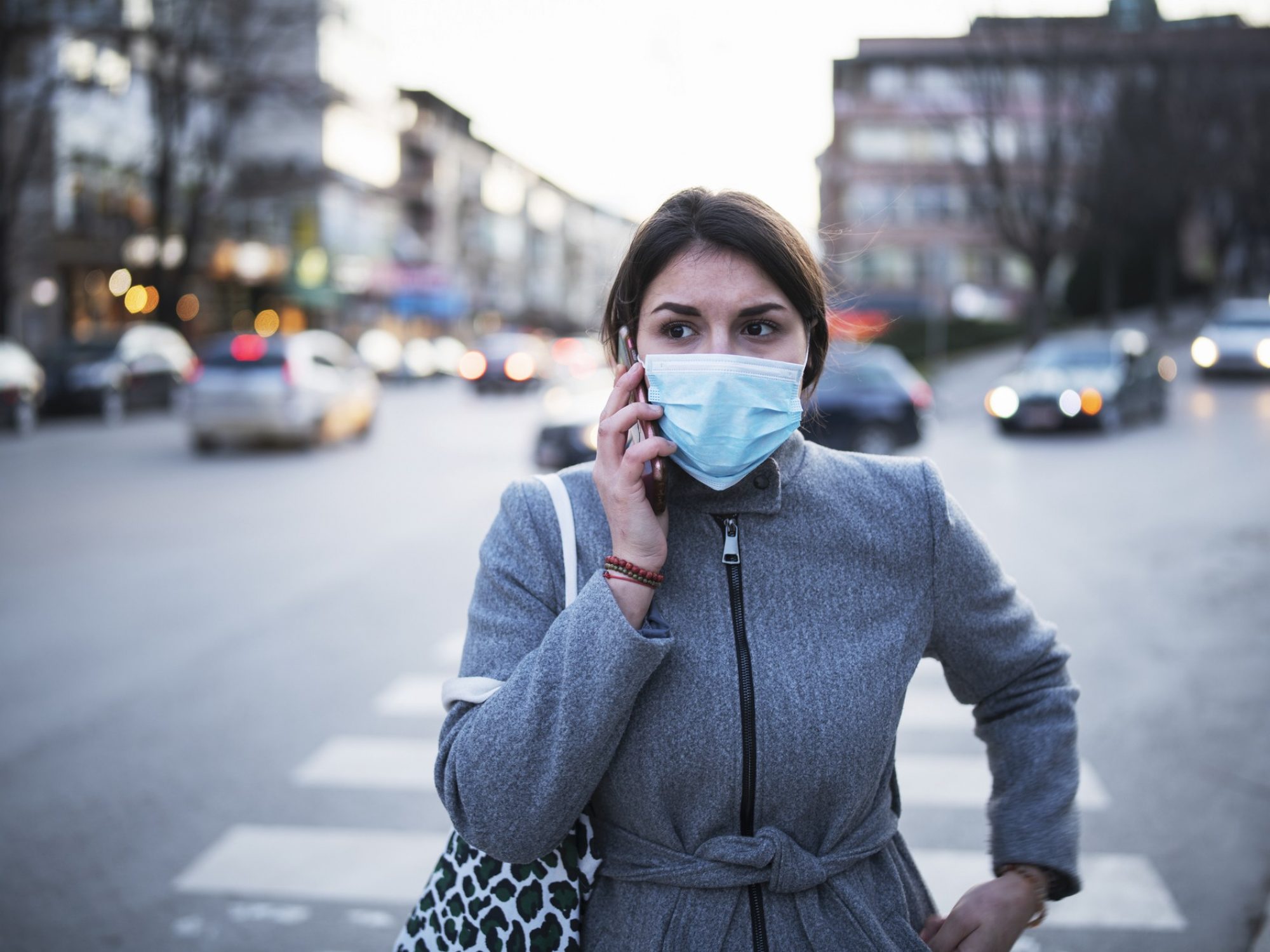People who don’t even know they have COVID-19 are spreading it around the globe
Looming outbreaks of the COVID-19 coronavirus in the United States may raise fears about its lethality. But the ultimate death toll depends largely on how efficiently the virus spreads, carried sometimes by so-called super-spreaders who don’t know they have it and infect dozens if not hundreds of people at a time in crowded settings like hospitals or public events.
These are among the reasons why the U.S. Centers for Disease Control and Prevention on Feb. 26 encouraged individuals, schools and businesses to prepare for a likely pandemic, including almost inevitable outbreaks in this country, and to have plans in place for canceling events, potentially closing schools, self-quarantining, and otherwise hunkering down to reduce face-to-face contact.
“We really want to prepare the American public for the possibility that their lives will be disrupted because of this pandemic,” said Dr. Nancy Messonnier, director of the CDC’s National Center for Immunization and Respiratory Diseases.
While some government officials in the U.S. and elsewhere expressed confidence that the virus can be contained, some experts are more blunt in their concern over the risk COVID-19 presents.
“This coronavirus is not containable,” Dr. Amesh Adalja, an infectious disease expert at the Center for Health Security at Johns Hopkins University, tells me. “It has achieved efficient human-to-human spread it has been doing so for several months now.”
Adalja told me on Feb. 5 the disease was already a mild pandemic, in his view.
But the World Health Organization has refrained from applying the word to this disease. “What we see are epidemics in different parts of the world,” World Health Organization (WHO) director-general Dr. Tedros Adhanom Ghebreyesus said Feb. 24. On Feb 26 he added: “Using the word pandemic carelessly has no tangible benefit, but it does have significant risk in terms of amplifying unnecessary and unjustified fear and stigma, and paralyzing systems. It may also signal that we can no longer contain the virus, which is not true. We are in a fight that can be won if we do the right things.”
Ironic worry over mild cases
There’s no question that COVID-19 can be deadly. A study of 44,672 coronavirus cases, published Feb. 17 by the Chinese Center for Disease Control and Prevention, found an overall fatality rate of 2.3%.
That figure may be misleading, however. Outside Hubei Province, the epicenter of the outbreak, the fatality rate was 0.4%. For comparison, the fatality rate for seasonal flu is around 0.1%. Only when enough cases outside China make broader studies possible will the true mortality rate be known.
But as researchers learn more about the total scope of the disease, they’re finding that it spreads easily from person-to-person, through the air and via close contact (up to 6 feet, the CDC says), from hard surfaces, and possibly even through human feces. And in many cases, people have only mild symptoms which is, ironically, particularly worrisome.
The Chinese CDC study found that 81% of the coronavirus cases were mild, including some in which symptoms were like a minor flu and in others that were like a minor cold. In addition, 1.2% of those diagnosed with the disease had no symptoms.
Mild symptoms can lead to big problems. If people infected with coronavirus think they just have a mild cold, or if they have no symptoms, they may go about their daily business, unknowingly spreading the disease — and health officials won’t know who causes an outbreak until additional infections occur and more outbreaks are made possible.
“If infection does not cause serious disease, infected people probably will not end up in health care centers,” a group of five researchers write in a Feb. 26 perspective in the New England Journal of Medicine. “Instead, they will go to work and travel, thereby potentially spreading the virus to their contacts, possibly even internationally.”
Another risk, these researchers say, are so-called super-spreaders, who bring the virus into a crowded setting, such as a hospital or other healthcare facility or a crowded meeting or public event. In past coronavirus outbreaks (SARS and MERS) individual super-spreaders were known to infect more than 100 people in single location.
“In this manner, a virus that poses a low health threat on the individual level can pose a high risk on the population level, with the potential to cause disruptions of global public health systems and economic losses,” the group of five researchers write.
Already, these fears have cause notable drops in the stock market. Microsoft, as one example of potential disruptions, announced on Feb. 27 it won’t meet third-quarter earnings expectations due to coronavirus-related supply-chain disruptions.
‘Calm before the storm’
Super-spreaders have been described as “kind of biologically radioactive,” but science doesn’t fully understand what causes one person to spread a disease more than another. In part, it likely relates to whether they are symptomatic or have no clue they’re sick.
“A person may be asymptomatically infected but may shed so little [virus] as to not participate in the chain of transmission,” says Jeffrey Shaman, PhD, a professor of environmental health sciences at Columbia University’s Mailman School of Public Health. “Without coughing and sneezing, there may not be a viral load sufficient to make someone else sick. On the other hand, it may be that there are asymptomatic ‘super-spreaders’ who are very contagious but without symptoms.”
“There’s always a risk of superspreaders,” Adalja said in an email. “However, I do not believe that there’s anything that can be done to specifically mitigate the risk. Local governments will have different policies based on when spread occurs in their community.”
Dr. Tom Frieden, former director of the CDC, said what many public health officials have refrained from stating publicly as outbreaks spread to South Korea, Iran, Italy and several other countries and the global death toll approached 3,000 [daily updates are here].
“The risk today in the United States is low.” Frieden said Feb. 26 on the PBS NewsHour. “But the big picture is very different. A pandemic is inevitable. That has become clear in the last few days. There have been hundreds of people to leave China with the virus who haven’t been diagnosed [going to] countries all over.”
Meanwhile, Tedros called it encouraging that “14 countries that have had cases have not reported a case for more than a week, and even more importantly, 9 countries have not reported a case for more than two weeks: Belgium, Cambodia, Finland, India, Nepal, Philippines, the Russian Federation, Sri Lanka and Sweden.”
But noting the evolving, complex situation, Tedros also said this: “The sudden increases of cases in Italy, the Islamic Republic of Iran and the Republic of Korea are deeply concerning. There are now cases linked to Iran in Bahrain, Iraq, Kuwait and Oman. There are now cases linked to Italy in Algeria, Austria, Croatia, Germany, Spain and Switzerland.”
Frieden joined other experts in cautioning against complacency, thinking the United States can somehow uniquely avoid outbreaks.
“We’re in the calm before the storm,” Frieden said on the NewsHour. “It’s going to get worse before it gets better. And thinking that we can somehow pull up the drawbridges and not have anyone in this country get it, that’s a dangerous illusion.”

